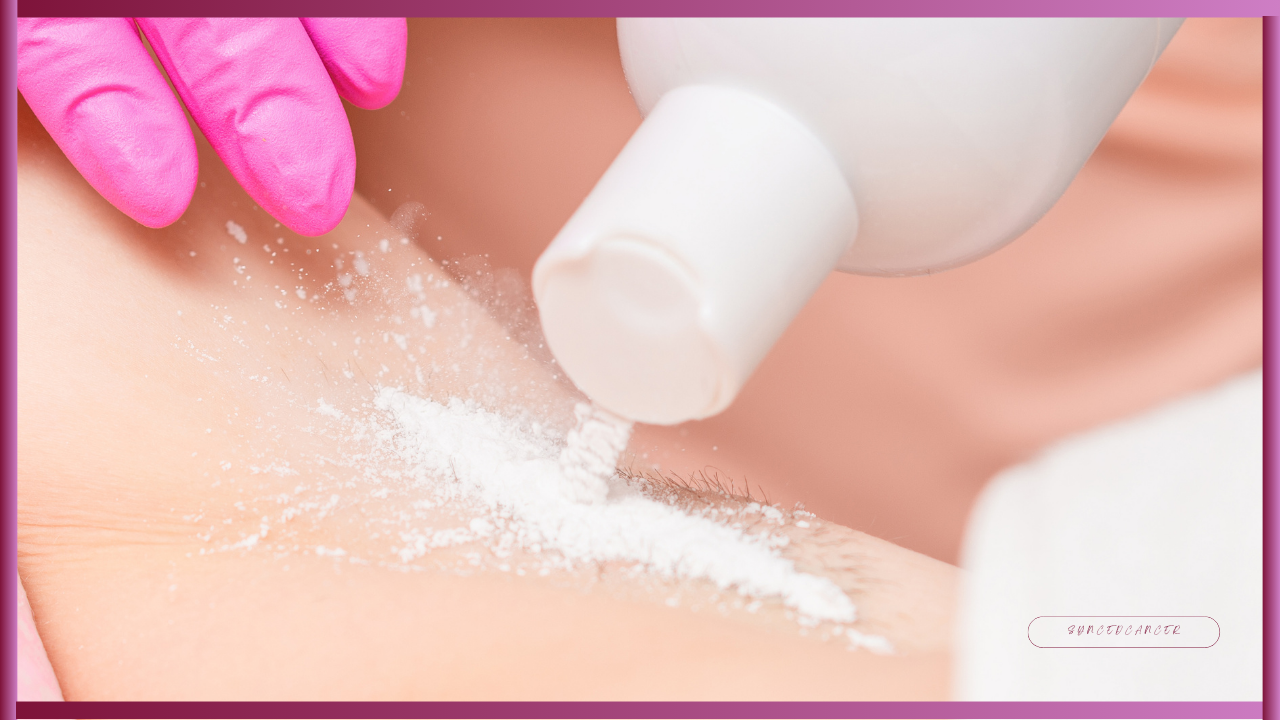Johnson & Johnson (J&J) was a well-known brand for many years, and it was associated with trust and baby care. A common household item, its talcum powder was applied to both adults and infants. However, beneath the gentle touch and new aroma, a storm has been building, one that is full of accusations, legal action, and serious health risks. if asbestos, a known carcinogen, was included in J&J’s talc-based baby powder and if the company purposefully ignored the risks that comes with it are at the center of the discussion. With billions at stake and more than 62,000 cases, the question still stands: Did J&J choose profits above people?
Allegations and Legal Actions
Customers trusted J&J’s talcum powder for decades because they thought it was safe. But legal assertions and scientific studies point to a different reality. Over 62,000 plaintiffs have filed lawsuits against J&J, claiming that its talc products were contaminated with asbestos—a known carcinogen—and caused cancers such as ovarian cancer and mesothelioma, and J&J knew about it but failed to warn consumers.
In response, J&J has consistently denied these allegations, maintaining that their talc products are safe and free from asbestos contamination.
Evan Plotkin, who claimed that his long-term use of J&J’s talc powder caused him to be diagnosed with mesothelioma, was awarded $15 million by a Connecticut jury in October 2024 (Reuters). Jurors have ruled in favor of the victims in other cases, including this one.
In February 2025, after its third attempt to resolve thousands of lawsuits through a subsidiary’s bankruptcy proposing a $10 billion settlement to resolve these lawsuits. However, this approach has faced legal challenges, with critics arguing that it unfairly limits compensation for victims and prevents future litigation.
U.S. Bankruptcy Judge Christopher Lopez in Houston will decide the fate of the company’s latest Chapter 11 after a weeks-long court hearing weighing competing demands to approve the settlement or end the bankruptcy altogether.
Allegations of Wrongdoing
The core of the allegations against J&J centers on claims that the company was aware of asbestos contamination in its talc products since a long while, but failed to adequately warn consumers.
Internal documents suggest that J&J may have known about the potential risks associated with its talc products as early as the 1970s but continued to market them without issuing warnings, the company continued to market it as pure and safe. This has led to accusations of negligence and corporate misconduct in the handling of product safety information.
Talc deposits occasionally contain asbestos, a naturally occurring mineral. Asbestos has been identified by the World Health Organization (WHO) and other health organizations as a known carcinogen, which means that it has been scientifically demonstrated to cause cancer. When inhaled or absorbed into the body over time, asbestos fibers can lodge into tissues, potentially leading to deadly diseases such as mesothelioma (a rare cancer affecting the lining of the lungs and abdomen) and ovarian cancer.
Clinical Trials and Ethical Concerns
There have been reports suggesting that J&J conducted clinical trials involving prisoners, raising ethical concerns about consent and exploitation. However, specific details about these trials, including their scope and ethical reviews, are not readily available in the provided sources.
This raises many ethical questions. Inmates, who are often in vulnerable situations, may not have given their informed consent or fully understood the risks. This raises significant concerns about violations of human rights, medical ethics, and corporate accountability. Although there is less media coverage of this aspect of the disagreement, it nonetheless worsen J&J’s already tarnished reputation.
Recent Developments
Despite the legal setbacks, J&J remains steadfast in denying any wrongdoing. The company has repeatedly stated that its talc products are asbestos-free and that decades of independent research support their safety.
To further distance itself from the controversy, J&J announced in 2022 that it would stop selling talc-based baby powder worldwide by 2023. The company has since shifted to a cornstarch-based formula, arguing that this decision was made to “streamline” its product offerings rather than an admission of safety concerns.
Yet, lawsuits continue to pile up. More trials are expected in 2025, and if J&J’s bankruptcy settlement is rejected, the company could face billions more in legal liabilities.
Should Consumers Be Concerned?
If you’ve used J&J’s talcum powder in the past, you might be wondering: Am I at risk?
The truth is, while not everyone who used talc-based products will develop cancer, research has suggested a potential link between talc use and certain cancers. Organizations like the American Cancer Society recommend avoiding talc-based powders—especially in the genital area, which has been associated with a higher risk of ovarian cancer.
If you are concerned, consider the following steps:
- Monitor Your Health: Regular check-ups and screenings can help detect potential health issues early.
- Check Product Labels: If you still use body powders, opt for cornstarch-based alternatives.
- Stay Informed: Follow updates on lawsuits and scientific studies to make informed decisions about your health.
Conclusion
The J&J baby powder controversy serves as a reminder of the importance of corporate transparency and consumer safety. It raises critical questions:
- How much did J&J know, and when did they know it?
- Should companies be allowed to use bankruptcy filings to limit their liabilities?
- How can consumers protect themselves from harmful products in the future?
For now, the battle between J&J and the thousands of claimants continues. Whether justice will be served remains to be seen, but one thing is clear: this case will shape conversations around product safety, corporate accountability, and consumer trust for years to come.









What do you think?
It is nice to know your opinion. Leave a comment.